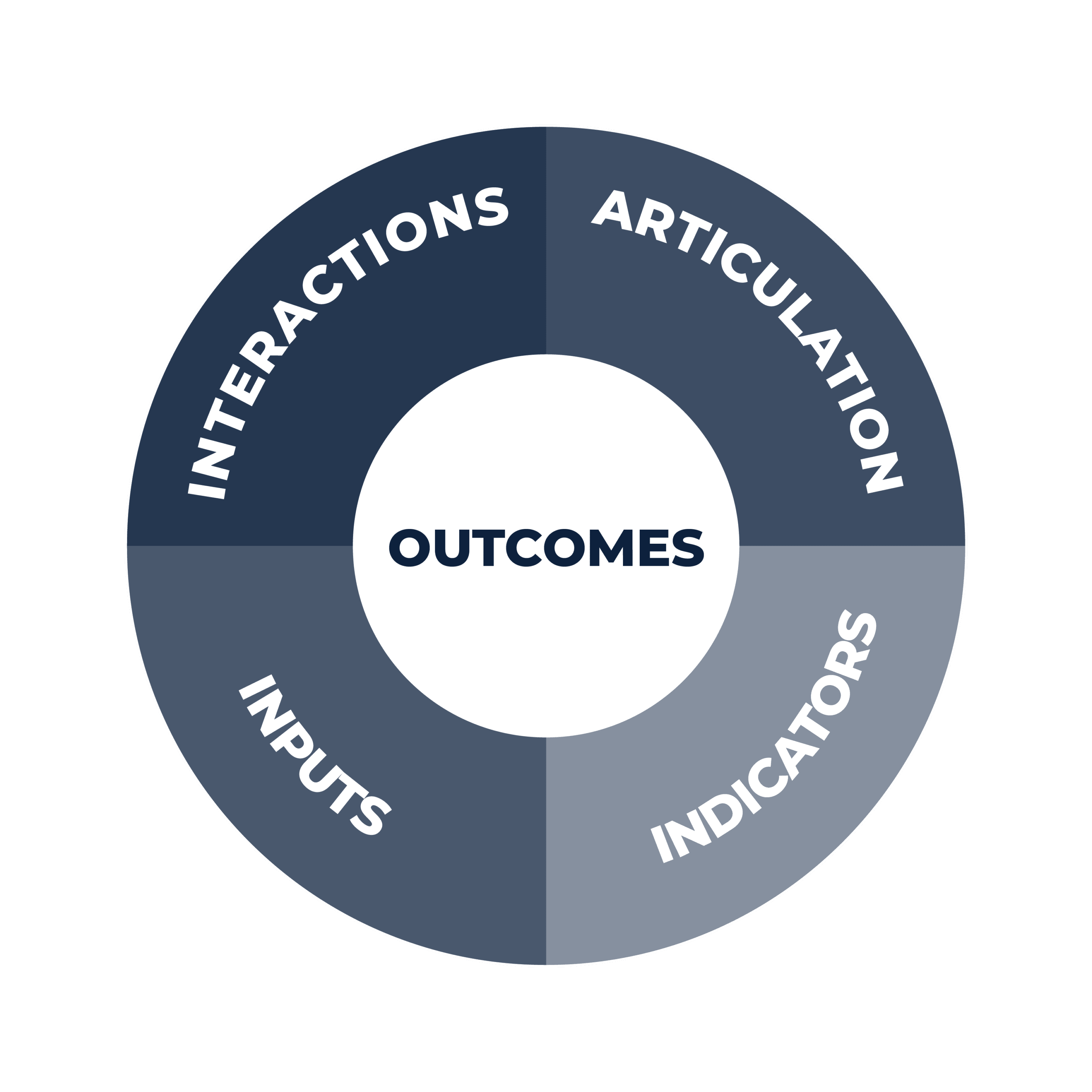
CODE Outcomes
 Outcomes are constructed to allow students an opportunity to both develop and display their proficiency in a live work context to the satisfaction of their mentors.
Outcomes are constructed to allow students an opportunity to both develop and display their proficiency in a live work context to the satisfaction of their mentors.
Outcomes are focused on a discrete learning expectation, describing a full integration of the knowledge, skill, and character necessary to the student’s full formation. They are built with the following four elements in mind:
Articulation
The outcome must be expressed in clear, but comprehensive and measurable language so all stakeholders have an effective grasp on the description of proficiency.
Indicators
Each outcome expression must clearly state a set of tangible indications of student proficiency, written in terms that the mentors can readily observe and assess. These indicators (usually three to five discrete and measurable statements) will combine to express a full articulation of the student’s proficiency of the expressed outcome.
Inputs
Each outcome articulates both the compulsory and/or suggested inputs leading to the student’s proficiency. Such inputs could include conventional forms like lectures and prescribed reading, or they might be more creative, including such means as podcast, seminar, and structured conversation. These inputs must be accessible to the student and built with the engagement of the contextual organizations wherein the work might be applied. Students could have accessed these inputs prior to the prescribed learning period.
Mentors and students should feel free to suggest further inputs or alternative pieces that might be of greater use to a particular student in his/her context. For that reason, inputs should only be listed as compulsory when strictly necessary to an organizational partner or employment objective. Students will be expected to report on their progress in accessing these inputs on an at-least-quarterly basis.
Interactions
Each outcome will clearly state the interactions, compulsory or suggested, which are useful to the student’s development and display of outcome proficiency, and which will ideally be constructed in conversation with those employers and agencies wherein the work will be completed. While these interactions might include traditional means such as academic papers and examinations, curriculum designers will take advantage of the contextual situation to conceive of more creative learning opportunities such as projects, experiences, and other engagements.

